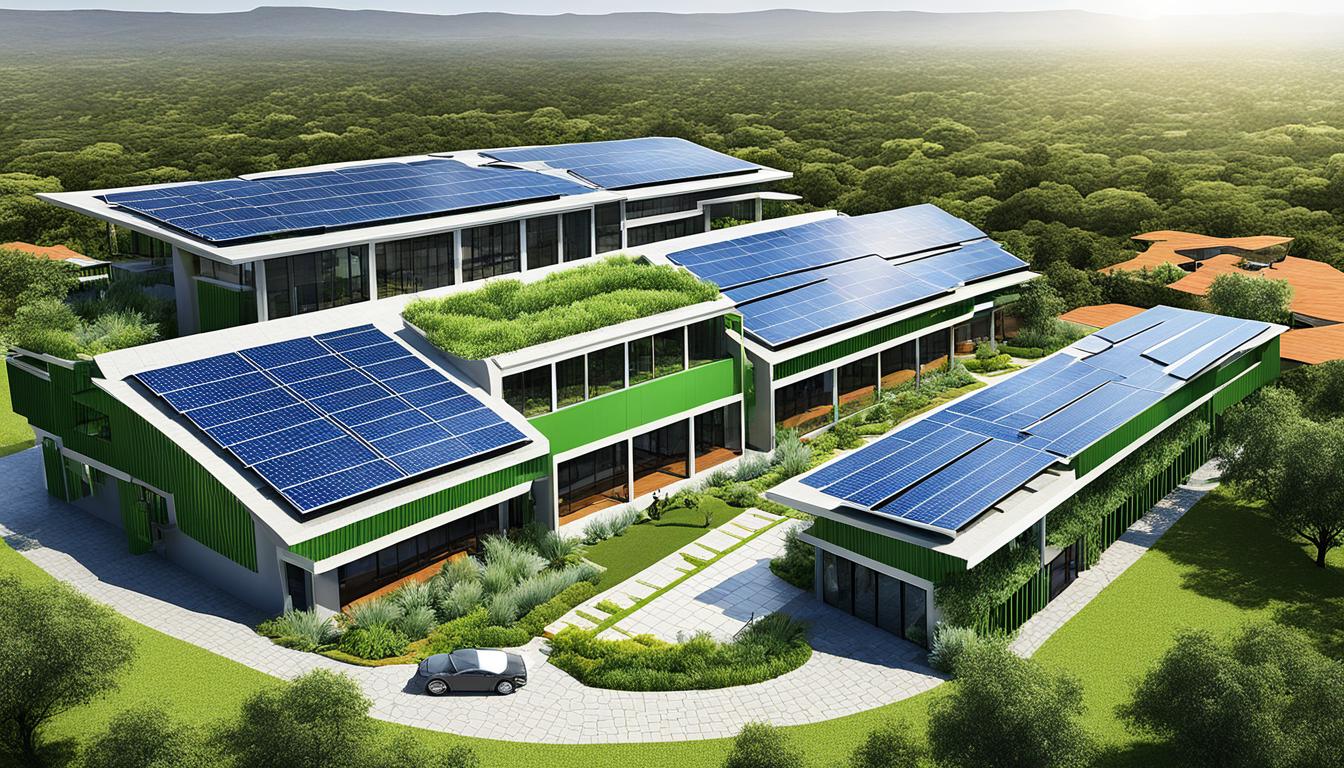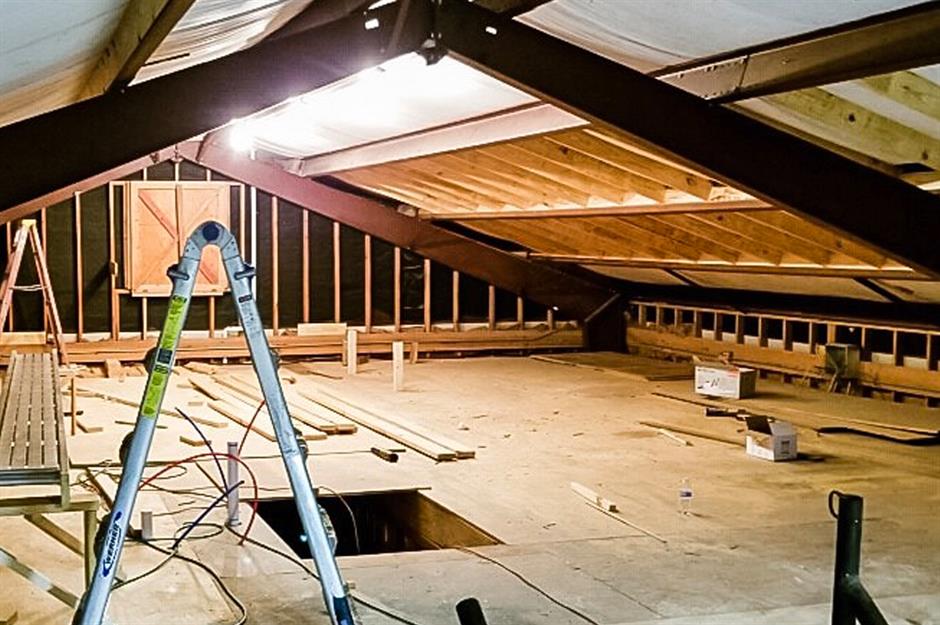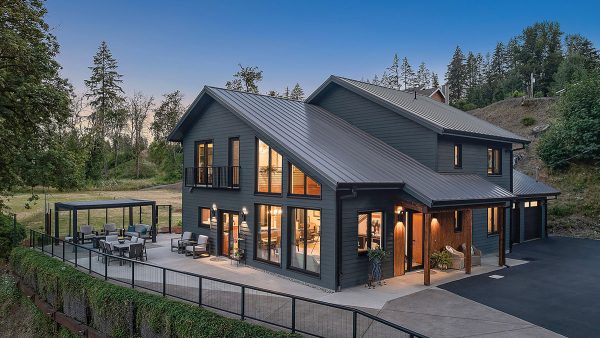The popularity of LEED certification has been growing exponentially among homeowners and real estate developers. This valuable credential signifies a commitment to environmentally responsible and resource-efficient building techniques. In the world of sustainable building, having a LEED certification can set your project apart. Lets explore some practical LEED certification ideas that will guide you on your journey to achieving this standard.

Understanding the Basics of LEED Certification
Before diving into various LEED certification ideas, it is vital to understand what LEED is. LEED, which stands for Leadership in Energy and Environmental Design, is a globally recognized green building certification that verifies a building was designed and built using strategies aimed at improved environmental performance.
Why is LEED Certification Important?
LEED certification holds significant importance for several reasons. It not only enhances the marketability of properties but also contributes to a healthier environment. LEED buildings prioritize energy efficiency, sustainable site development, and water savings. Moreover, achieving this certification can update your buildings image as modern, responsible, and forward-thinking. More about the steps can be found at green construction.
Implementing LEED Ideas in Residential and Commercial Properties
Smart Use of Resources
One of the best LEED certification ideas is optimizing resource usage. This involves efficient management of energy, water, and materials. By implementing smart building technologies, you not only reduce consumption but also improve the functionality and economics of your buildings.
Incorporating Renewable Energy
Utilizing renewable energy sources such as solar or wind power can significantly boost your LEED points. These systems contribute to sustainability and reflect a long-term commitment to reducing environmental impact. For more insights, consider looking at eco-friendly trends discussed here.
Indoor Environmental Quality
Building operations have a direct impact on human health. Improving indoor environmental quality is a key focus area. Installing proper ventilation systems, using non-toxic materials, and ensuring abundant natural light can contribute to better health and increased productivity.
Strategies for Achieving LEED Certification
Site Selection and Management
Choosing a site with minimal natural impact and employing sustainable practices can boost your LEED score. Avoiding floodplains and protecting habitats is beneficial for acquiring certification. Site strategies often focus on stormwater management and reducing heat islands.
Sustainable Material Selection
Using eco-friendly building materials like recycled steel or bamboo can make a significant difference. Selection should prioritize durability and low environmental impact, with a strong emphasis on using materials sourced responsibly.
Water Management
Implementing water-efficient plumbing fixtures and employing landscaping techniques that require less water are effective ways to conserve water. Water efficiency is not just about reduction but also about recycling and reusing water.
Challenges and Considerations
Cost Considerations
One of the challenges you may face is the initial cost of implementing certain LEED certification ideas. However, the long-term benefits outweigh these expenses through savings in energy and water bills and added property value. Understanding sustainable building considerations is better explained here.
Need for Expertise
To successfully achieve LEED certification, guidance from experienced professionals who understand the complex requirements of the process can be crucial. Their involvement ensures that every potential opportunity for gaining LEED points is utilized.

FAQs
What is LEED certification?
LEED is a certification program for green building practices, focusing on sustainability and efficiency.
How can I apply LEED ideas to my home?
Applying LEED ideas involves using renewable energy, managing water efficiently, and selecting sustainable materials.
Why should real estate developers pursue LEED certification?
LEED certification enhances property value, attracts eco-conscious clients, and contributes to a sustainable environment.
In pursuing LEED certification ideas, the potential for lasting change in how homes and buildings are constructed and operated continues to grow. For more information on LEED, you may visit the U.S. Green Building Council. As you advance on this eco-friendly path, you are not only improving your properties but also contributing positively to the environment.
This article contains affiliate links. We may earn a commission at no extra cost to you.



